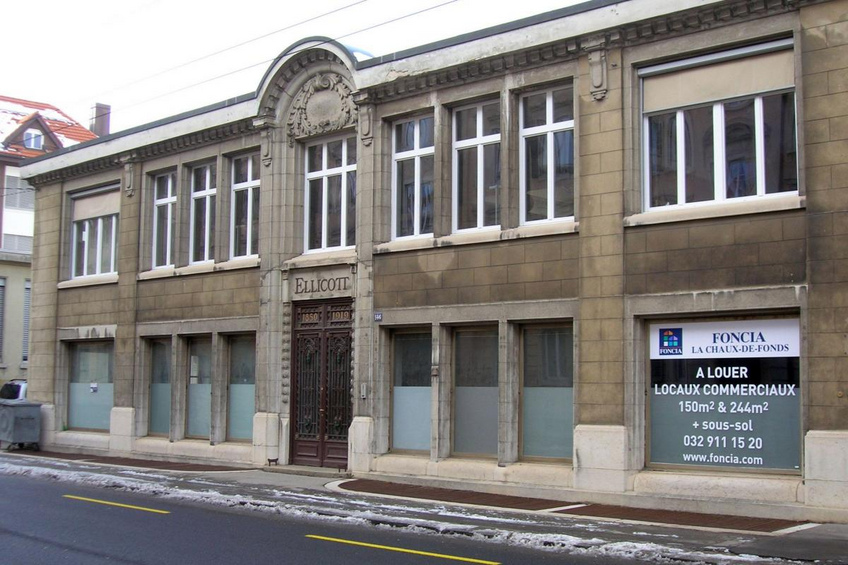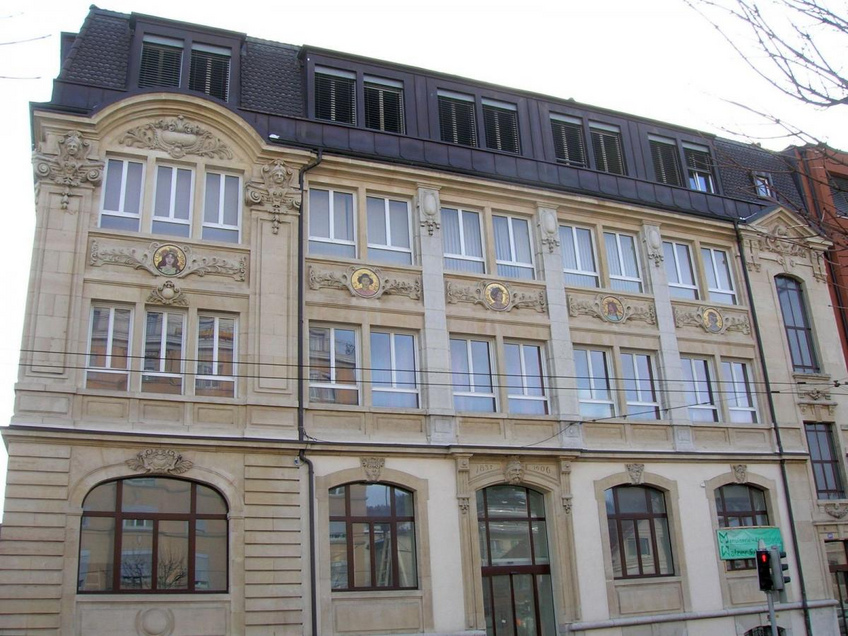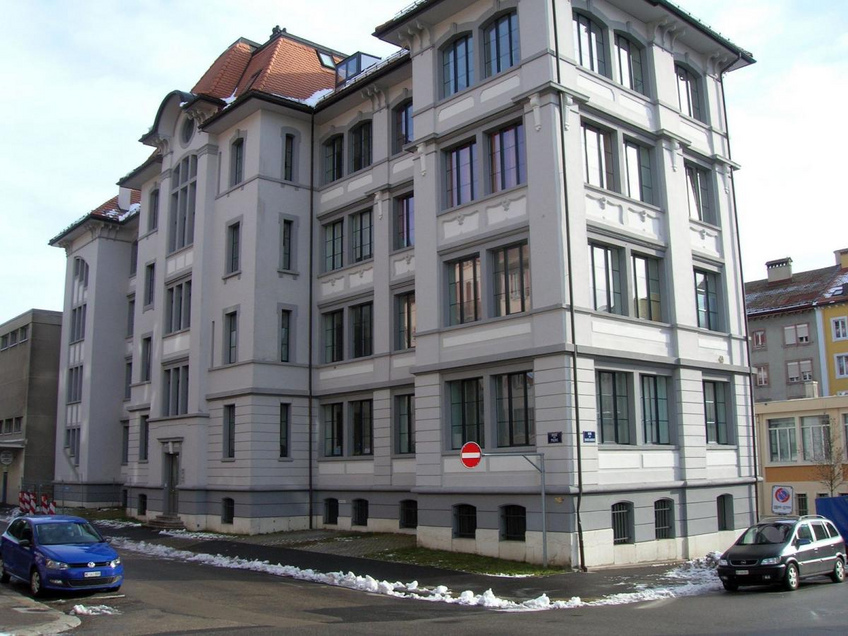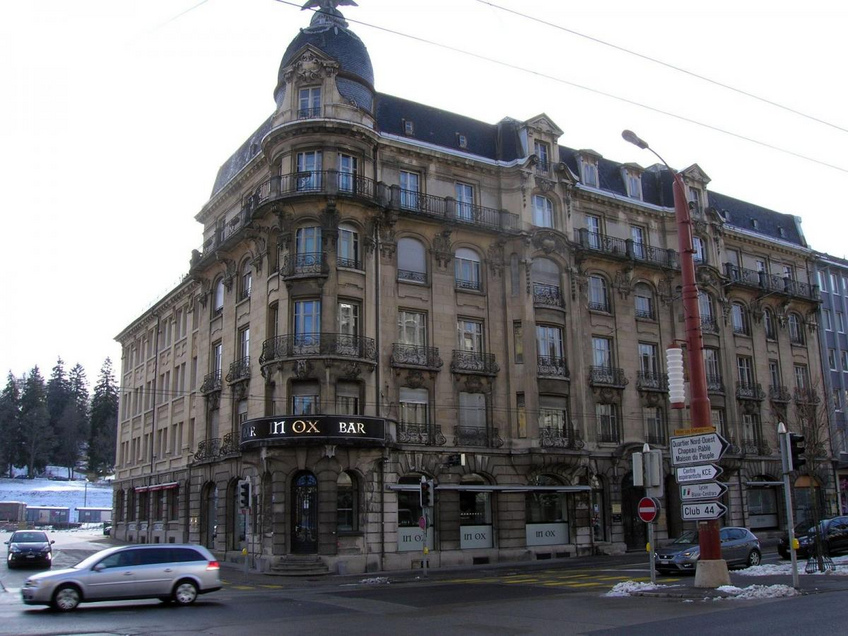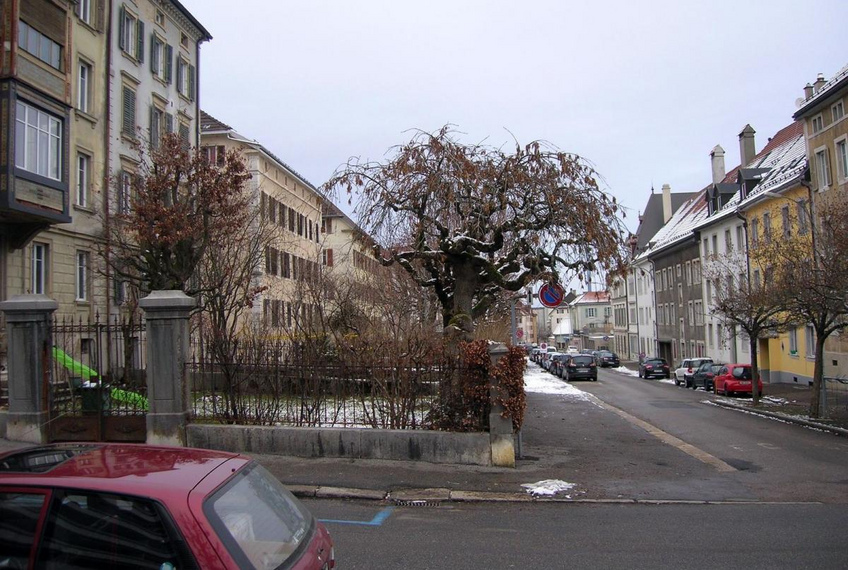

Industrial watchmaking at the heart of housing
The exact birthplace of watchmaking is hard to identify. However, there is no doubt that towns such as Le Locle and La Chaux-de-Fonds played a crucial part in the development of the art of measuring time.
Beginning in the late 19th century, these two towns in the mountains of the canton of Neuchâtel never stopped implementing a bold kind of urbanism that subtly blended residential and industrial structures. The integration of industrial activity inside the home ended up producing an urban phenomenon so remarkable, it was enough to file a request for inclusion on the roster of UNESCO’s World Heritage sites. The registration was finally validated on 27 June 2009 after years of processing.

Two Neuchâtel towns on high ground
It is common knowledge that Le Locle was the first to develop this particular style in the Neuchâtel mountains.
However, La Chaux-de-Fonds is undoubtedly the most prominent example.
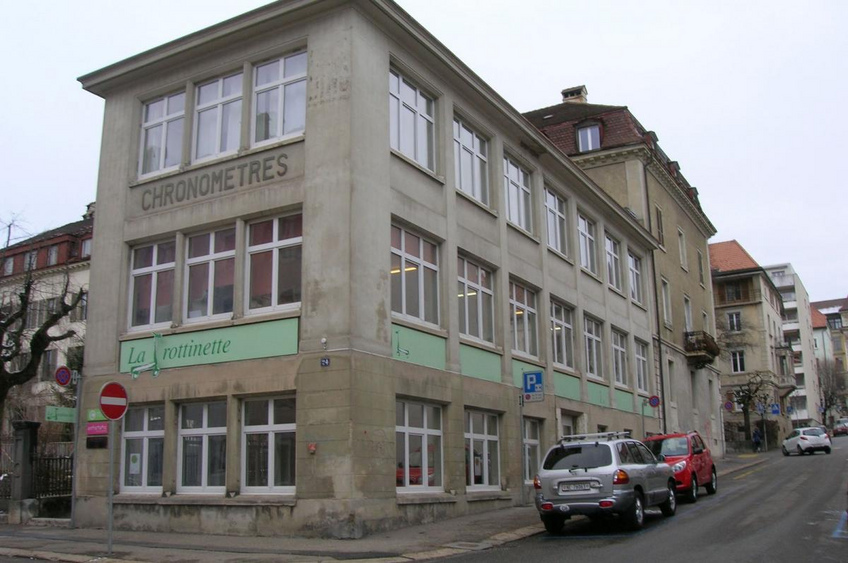
The little town of La Chaux-de-Fonds, built around and on the hill of its ”Grand Temple”, burned to the ground in 1794. Before rebuilding the town, though, its denizen drew up a plan that would make the new town as comfortable as possible and would provide the local watch industry with excellent support. Three main factors were taken into consideration. The first two were the wind and sun. The third one was transportation, at the time mostly in carriages and carts. which was difficult due to heavy snows for at least four months out of the year. .
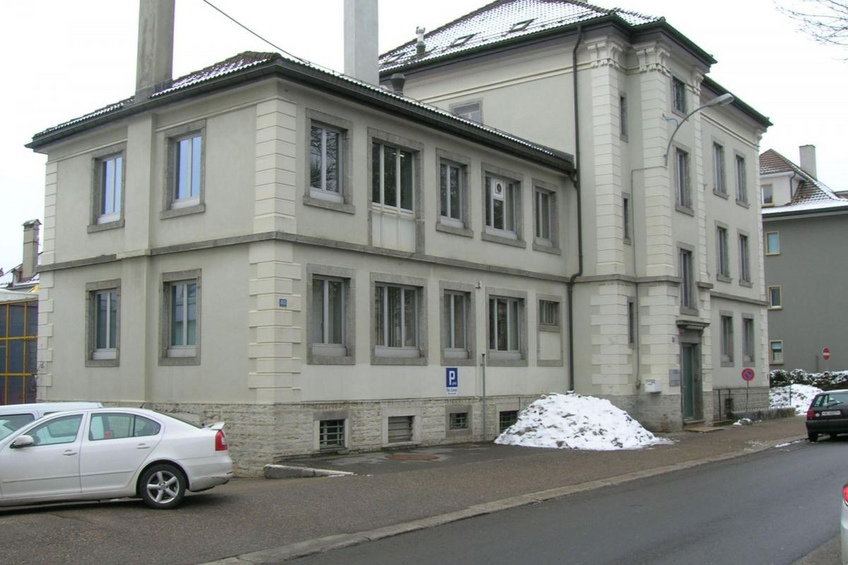
More than mere lighting
Developers and architects examined the valley where the town was to be built and observed that the winds blew from either the west or the east, that is, they followed the course of the valley. In order to retain the heat in the buildings, they decided to build blocks of four or five semi-detached houses with six apartments each. As a result, there was only one west and east façade on the shortest side of the building for every six houses.
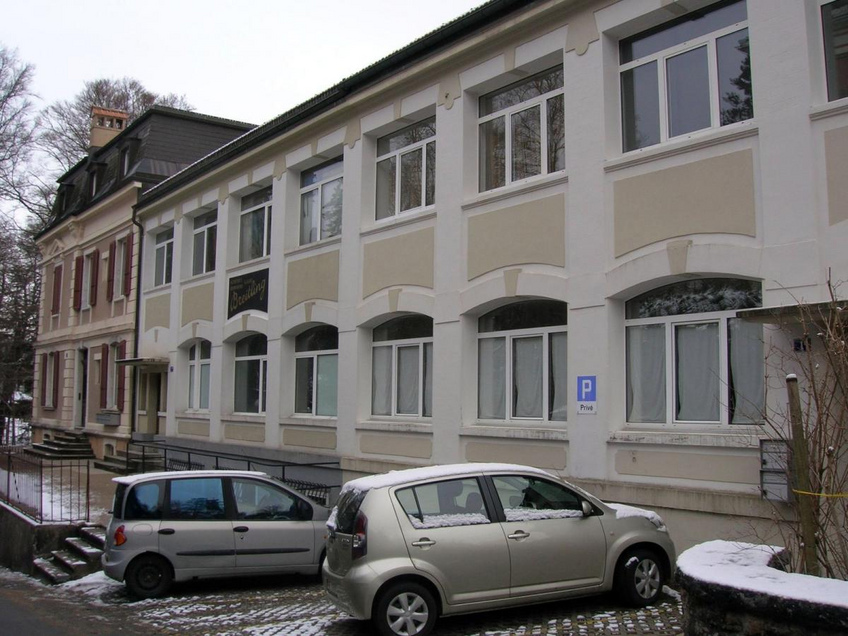
The next step was to analyse the lighting and the hours of sunlight. The developers in charge of the houses facing south measured the height to which the sun rose on the shortest day of the year, December 21.
The aim was to build houses in which every apartment would benefit from sunlight all year round. They realised that if they wanted to build three-story houses with two apartments per story, some space was needed between them on the south side. The street–garden–house concept was born. In other words, blocks of houses were to be built from the lowest point of avenue Léopold-Robert, which ran through the valley. Behind them was to be a northbound street, and in back of that a garden measuring approximately fifteen metres in width all along the next house, and so forth. Each apartment benefited from the highest possible amount of sunlight throughout the year. This was obviously a positive factor that contributed to the development of technical activities related to watchmaking, especially in the areas of mechanics and industrial production. However, when walking around the area, one cannot help noticing the large windows facing north on some of the industrial buildings. The watchmakers worked in those rooms, because it gave them the consistent level of lighting they required for their tasks.
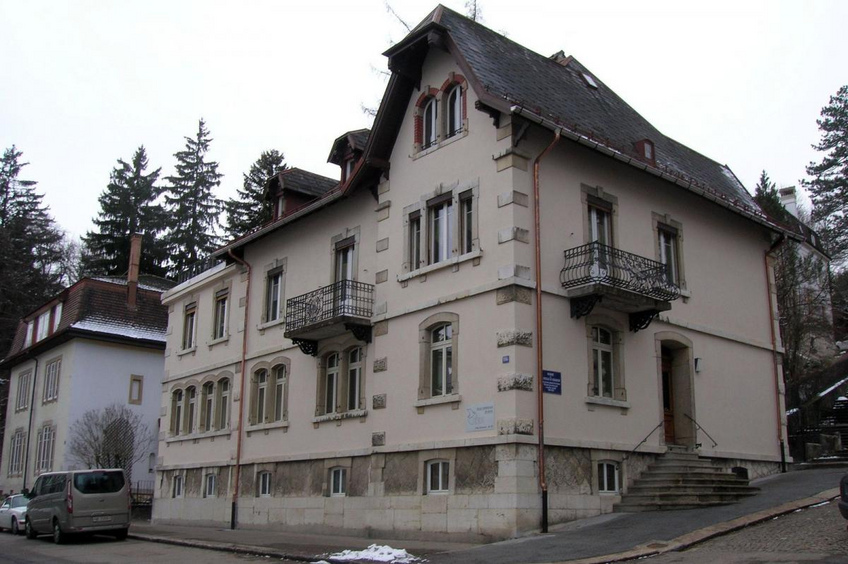
Hems of historical architecture
The American-style design of the city, with long avenues, was conceived with winter travelling in mind. The developers chose a grid plan, meaning that each avenue running from east to west was intersected, every 250 metres, by a perpendicular street running from north to south. This is the story of how La Chaux-de-Fonds was given a new life. Throughout the 19th century and during the first 50 years of the 20th, the town underwent considerable development. The many outstanding buildings that are part of this unparalleled architectural and technical heritage tell the story. Indeed, this heritage is unique. For instance, a theatre was built before a hospital. For the record, this theatre à l’italienne is nowadays considered a national monument.
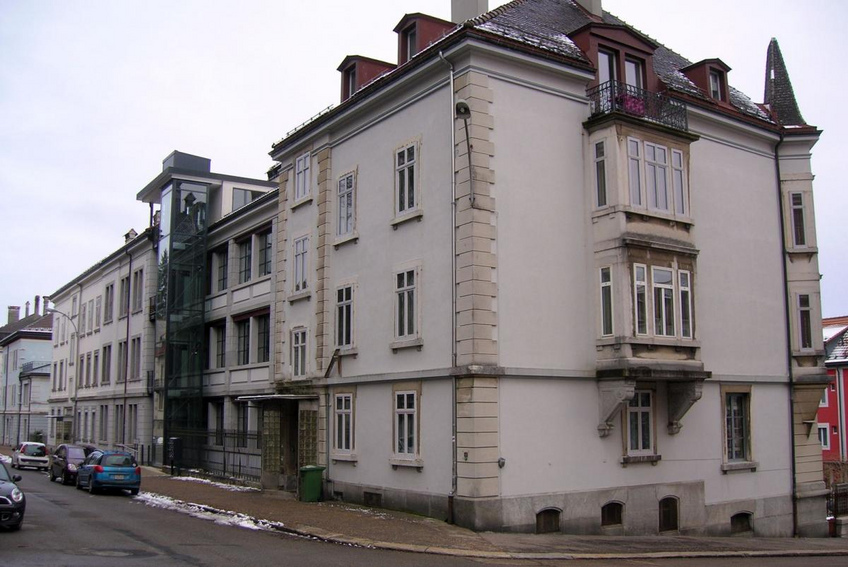
When walking down the streets of the ”watchmaking metropolis” – which is what La-Chaux-de-Fonds was called back in its first Golden Age – the visitor can discover absolute wonders of the era of art nouveau and art deco movements. Numerous houses feature pretty stained-glass windows and balconies decorated with art-nouveau ironwork that are true masterpieces.
The watchmakers of that time, many of whom came from Jewish families, were genuine art buffs. Many were the founders of well-known brands. La Chaux-de-Fonds, some say, was one of the rare places in the world to boast some of the most complete impressionist collections on the planet.
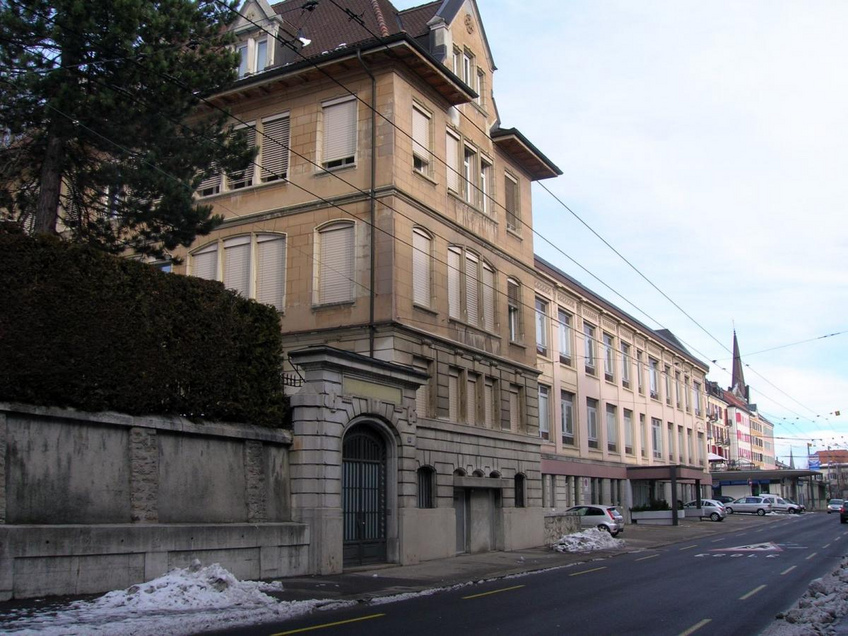
A sight worth seeing
The town has expanded meanwhile and the watchmaking industries usually build to the west of the valley, just before the incline that leads to Le Locle. The street-garden-house design is no longer applied. However, every brand deciding to settle in either town makes sure that one or more of their buildings comply with the architectural spirit of the time as well as the style of this valley, which has been fully devoted to the high technology of measuring time and its passage.
Guided tours are available for those interested in discovering this town’s urban heritage.
